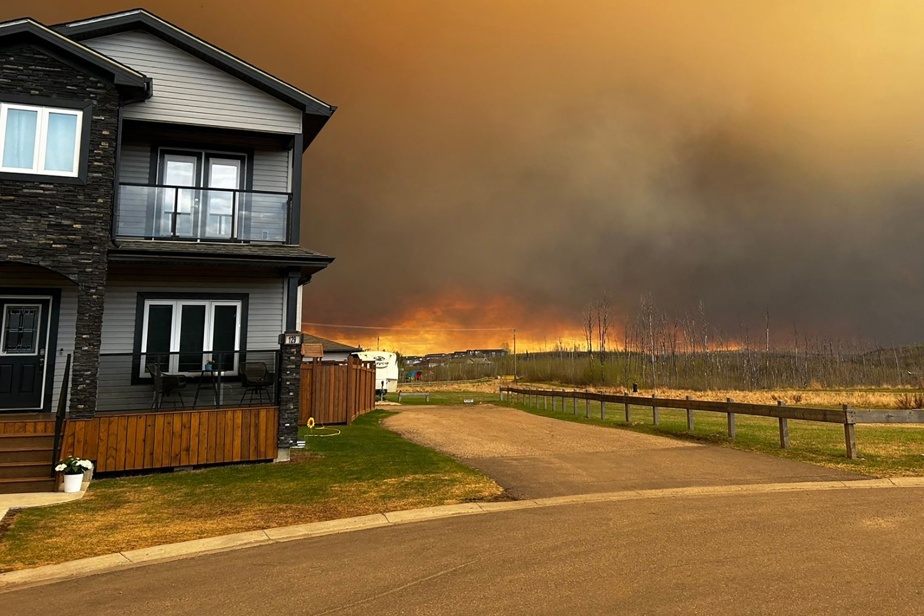Thousands of people in Western Canada are still forced to live far from their homes due to wildfires threatening their communities.
In Alberta, a 209 square kilometer fire forced more than 6,600 residents south of Fort McMurray from their homes. But the regional fire chief assures that this fire is very different from the devastating fire that paralyzed the city in 2016.
This gigantic fire had destroyed much of this oil sands hub and recovery took years. But Chief Jody Butz is being reassuring this year about the response to the fire currently burning just south of town.
The fire chief explains that this year’s fire is burning on the surface of the ground following the previous fire and contains much less fuel.
The Regional Municipality of Wood Buffalo said Wednesday morning that crews worked until 3 a.m. to put out the fire near Fort McMurray.
The fire was approximately 4.5 km from the intersection of Highways 63 and 881 and approximately 5.5 km from the nearby Fort McMurray Landfill.

PHOTO ALBERTA WILDFIRE, PROVIDED BY AGENCE FRANCE-PRESSE
Officials say crews are also building a containment line near the municipal dump. The regional municipality says a small amount of rain that fell overnight should have little impact on the fire.
A reception center for evacuated residents has opened in Edmonton.
Several oil companies assured Wednesday that the forest fires threatening Fort McMurray do not pose a risk to their activities. Suncor, MEG and Cenovus say they monitor their sites.
Suncor spokesperson Leithan Slade points out that some employees and contractors are affected by the partial evacuation of Fort McMurray, but that their safety is a top priority.
Meanwhile, in Manitoba, around 500 people have been forced from their homes in the small, isolated community of Cranberry Portage in the northwest following a fire that has spread across more than 300 square kilometres.
In British Columbia
In northeastern British Columbia, a wider area around the community of Fort Nelson is being evacuated due to the nearby Parker Lake Fire and the much larger Patry Creek Fire. which rages in the northwest.
Both fires are listed with the BC Wildfire Service as “wildfires of note.” The Parker Lake Fire covers 84 square kilometers, while the Patry Creek Fire covers 464 square kilometers.

PHOTO BC WILDLIFE SERVICE, PROVIDED BY THE CANADIAN PRESS
The Parker Lake Fire
Approximately 4,700 Fort Nelson residents were forced to leave their homes.
Changing fire conditions in northeast British Columbia have forced the Royal Canadian Mounted Police (RCMP) to move one of its security checkpoints outside of Fort Nelson.
Mayor Rob Fraser urged residents not to return to their homes without the RCMP present. He says emergency crews need to focus on fighting fires rather than dealing with people trying to return home and putting themselves in danger.
For those working to defend the community from the fire, Structure Protection Director Kevin Delgarno says crews were able to work until around midnight, not until dawn as has been the case. the case recently. “The fire behavior stabilized and was no longer as aggressive. » And he adds that the weather forecast for the region remains favorable, which will further contribute to the control efforts.
While the nearby Parker Lake wildfire was the one that prompted the evacuation of the Fort Nelson area, specialist Ben Boghean says the Patry Creek fire, about 25 km north of the city, expanded considerably earlier this week, fanned by strong winds.
He notes that currently it doesn’t pose the same danger, but that could quickly change with the return of strong winds and drier conditions.
